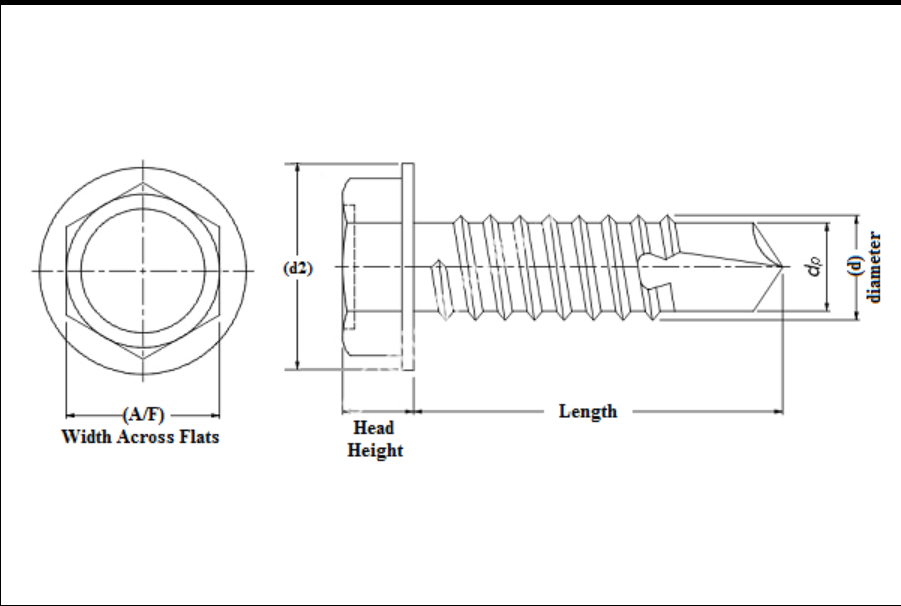wave washer vs spring washer company
Wave Washer vs. Spring Washer Understanding the Differences and Applications
In the realm of mechanical engineering and assembly, choosing the right type of washer is crucial for ensuring the integrity and functionality of a system. Among the various types of washers available, wave washers and spring washers stand out due to their unique designs and applications. This article will explore the differences between these two types of washers, their specific uses, advantages, and considerations for selecting the appropriate washer for various applications.
What is a Wave Washer?
A wave washer, also known as a wave spring or wave disc, is a type of washer made of a thin, flat material that has a wavy shape. This design allows it to exert a load over a limited range of motion. Wave washers are generally used in applications where axial loads need to be managed, and they provide cushioning and vibration dampening between two surfaces. The unique wave shape allows for a more compact design compared to traditional spring washers, making it easier to fit into tight spaces without sacrificing performance.
What is a Spring Washer?
A spring washer, often referred to as a helical spring washer, is designed in a spiral shape to provide a spring-like action. When compressed, it exerts a restoring force, effectively securing bolts and nuts in place. Spring washers are primarily used to prevent loosening due to vibration and movement. They are commonly found in a variety of mechanical applications, such as in automotive components, heavy machinery, and electronic devices.
Key Differences Between Wave Washers and Spring Washers
1. Design and Shape - Wave washers have a sinusoidal profile, which provides a flexible yet firm interface. This design allows for multiple points of contact, distributing loads evenly. - Spring washers have a helical, coiled shape. Their design helps them compress under pressure, rapidly returning to their original shape once the load is removed.
2. Application - Wave washers are typically used in applications requiring precise control of axial loads and where space constraints are prevalent. They are often found in automotive, aerospace, and precision equipment applications. - Spring washers are primarily employed to prevent the loosening of bolts and nuts under dynamic loads, making them ideal for mechanical assemblies where vibration is a concern.
wave washer vs spring washer company

3. Load Distribution - The wave shape of wave washers allows for a larger surface area contact, which can help in distributing stress and reducing wear on components. - In contrast, spring washers focus on a point load at their inner diameter, which can lead to higher localized stress concentrations.
4. Vibration Dampening - Wave washers inherently provide better vibration dampening capabilities due to their design, which can absorb and distribute energy more effectively. - Spring washers, while effective in preventing loosening, provide limited dampening and may transmit vibrations more directly.
Advantages of Wave Washers
- Space Efficiency Their compact design allows for use in applications where space is at a premium. - Versatility Wave washers can accommodate various load ranges, making them suitable for different applications. - Shock Absorption They offer excellent shock absorption capabilities, protecting sensitive components from potential damage.
Advantages of Spring Washers
- Friction Resistance Spring washers help maintain the tension in fasteners, which is crucial in preventing them from loosening over time. - Ease of Use They are straightforward to install and require minimal adjustments once in place. - Cost-Effectiveness Spring washers are generally less expensive than wave washers, making them a more economical choice for certain applications.
Conclusion
In conclusion, both wave washers and spring washers play vital roles in mechanical assemblies, but their specific applications and advantages differ significantly. When choosing between wave washers and spring washers, one must consider factors such as load requirements, space limitations, and the potential for vibration. Understanding these differences will enable engineers and designers to select the most appropriate washer type for their specific needs, enhancing the reliability and longevity of their mechanical systems. Whether it’s the compact strength of wave washers or the reliable tension of spring washers, each type has its place in the world of engineering.
-
Top Choices for Plasterboard FixingNewsDec.26,2024
-
The Versatility of Specialty WashersNewsDec.26,2024
-
Secure Your ProjectsNewsDec.26,2024
-
Essential Screws for Chipboard Flooring ProjectsNewsDec.26,2024
-
Choosing the Right Drywall ScrewsNewsDec.26,2024
-
Black Phosphate Screws for Superior PerformanceNewsDec.26,2024
-
The Versatile Choice of Nylon Flat Washers for Your NeedsNewsDec.18,2024










